Calathea Rufibarba Fenzl (Velvet Calathea)
This product is available for shipping only in Bangalore
Calathea rufibarba is a stunning, unique houseplant that can add tropical beauty to your indoor space. With its velvety foliage and beautiful colors, it’s sure to be a focal point in any room. While it requires some attention to humidity and watering, it’s well worth the effort for plant enthusiasts who enjoy maintaining lush, tropical plants indoors. By providing the right conditions—bright, indirect light, consistent moisture, and high humidity—this plant will thrive and reward you with its vibrant, velvety leaves
Plant Height: approx 2 feet 2 inches including the pot
Pot size : 4 inches nursery pot
- Estimated Delivery : Up to 3 business days
- Free Shipping & Returns : On all orders over ₹550 in Bangalore
Calathea rufibarba, also known as the Furry Feather Calathea or Velvet Calathea, is a striking tropical plant distinguished by its elongated, lance-shaped leaves and velvety, slightly fuzzy texture. The undersides of the leaves are deep purple, while the upper surfaces are a lush green. It’s named “rufibarba” due to the fine hairs on the underside of its leaves and stems. As a member of the Calathea family, this plant thrives in humid, low-light environments and is prized for its decorative foliage.
Here’s a detailed care guide for Calathea rufibarba:
1. Light Requirements
- Bright, Indirect Light: Calathea rufibarba thrives in bright, indirect light but can tolerate lower light conditions. Avoid direct sunlight, as it can cause the leaves to scorch or fade. Place it in a spot where it receives filtered or dappled light, such as near an east- or north-facing window.
2. Watering
- Consistent Moisture: Calatheas prefer consistently moist soil but dislike waterlogged conditions. Water the plant when the top inch of soil feels dry, and make sure excess water drains away. It’s crucial to avoid letting the soil dry out completely or become soggy.
- Use Distilled or Filtered Water: Calatheas are sensitive to chemicals found in tap water, such as fluoride and chlorine, which can cause browning of the leaf edges. Using distilled or rainwater is ideal, or you can let tap water sit out overnight to allow the chemicals to evaporate.
3. Humidity
- High Humidity: Calathea rufibarba thrives in high-humidity environments, as it is native to tropical regions. Aim for at least 50-60% humidity, but the higher, the better. If the air is too dry, the leaves may develop brown edges or curl. Mist the plant regularly, place it near a humidifier, or use a pebble tray to increase humidity around the plant.
4. Temperature
- Warm Temperatures: This plant enjoys warm, stable temperatures between 65-80°F (18-27°C). Avoid exposing it to cold drafts, sudden temperature drops, or temperatures below 60°F (15°C), as this can stress the plant and cause damage to the leaves.
5. Soil
- Well-Draining, Organic-Rich Soil: Calatheas prefer a rich, well-draining potting mix. A mix for tropical plants or a general houseplant soil with added perlite or orchid bark for drainage is ideal. The soil should retain moisture without becoming compacted or waterlogged.
6. Fertilizing
- Moderate Feeding: Feed Calathea rufibarba with a balanced, diluted liquid fertilizer every 4-6 weeks during the growing season (spring and summer). Reduce feeding during the fall and stop entirely during winter when the plant’s growth slows down. Over-fertilizing can lead to salt build-up and leaf damage.
7. Pruning and Maintenance
- Prune Damaged Leaves: Regularly remove any yellowing, brown, or damaged leaves by cutting them at the base of the stem to encourage new growth and keep the plant looking its best. Cleaning the leaves with a damp cloth can help them maintain their vibrant color and texture.
- Repotting: Repot the plant every 1-2 years, or when it outgrows its current pot. Choose a slightly larger pot and refresh the soil to provide the plant with more room for growth.
8. Pests and Diseases
- Pest Issues: Calathea rufibarba can be susceptible to common houseplant pests like spider mites, aphids, and mealybugs, especially in low-humidity environments. Regularly mist the plant and inspect for pests. If an infestation occurs, treat with insecticidal soap or neem oil.
- Fungal Issues: Overwatering or poor drainage can lead to root rot or fungal infections. Ensure that the plant is not sitting in water and that its soil is well-aerated.
9. Toxicity
- Non-Toxic: Calathea rufibarba is non-toxic to pets and humans, making it a safe choice for homes with children or animals.
Conclusion
Calathea rufibarba is a stunning, unique houseplant that can add tropical beauty to your indoor space. With its velvety foliage and beautiful colors, it’s sure to be a focal point in any room. While it requires some attention to humidity and watering, it’s well worth the effort for plant enthusiasts who enjoy maintaining lush, tropical plants indoors. By providing the right conditions—bright, indirect light, consistent moisture, and high humidity—this plant will thrive and reward you with its vibrant, velvety leaves
** Plants photos are for representation purpose only. We will make best efforts to send the plants as in photos itself. There may be small white dots on the plant, as these plants cared in nursery using the hard water and pesticide spray. However these will eventually disappear as you take care and clean the leaves. Trust us, we want to give you the best

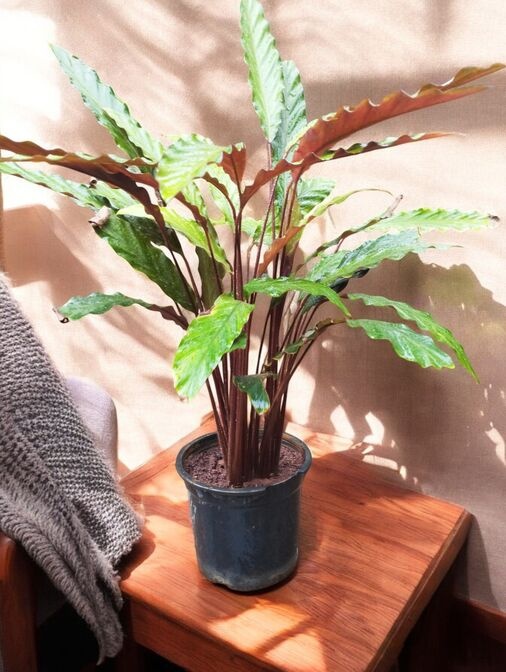
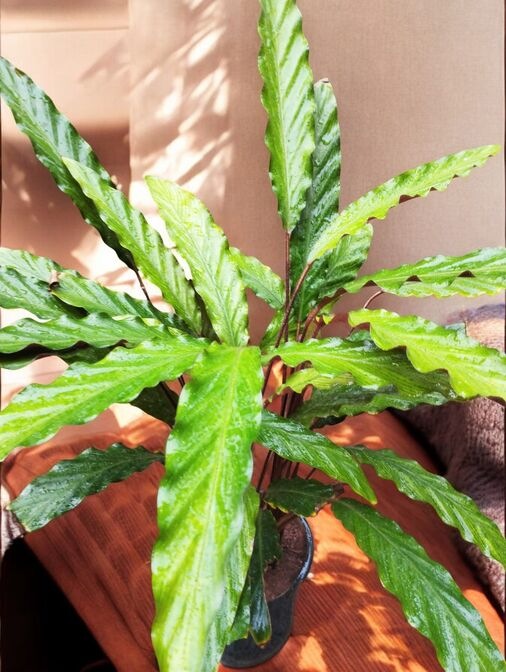
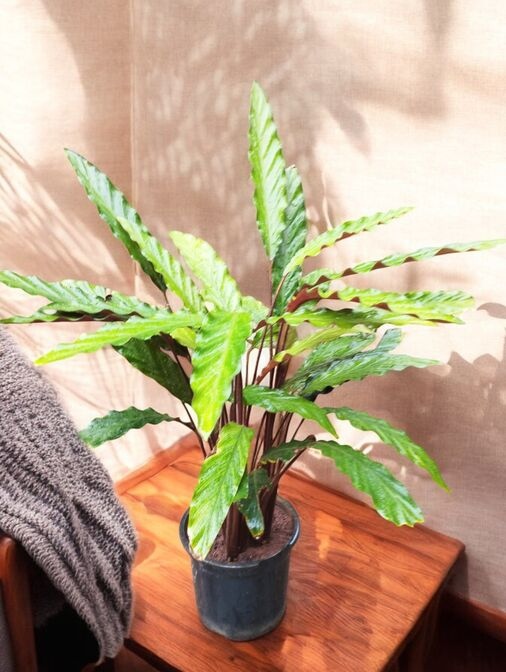
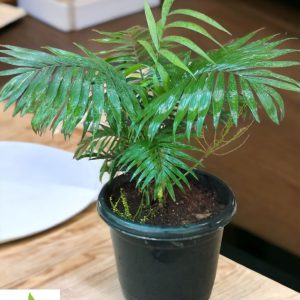
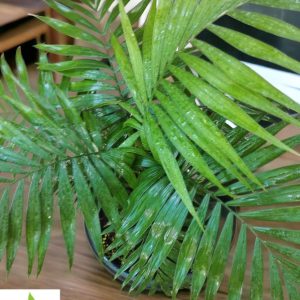
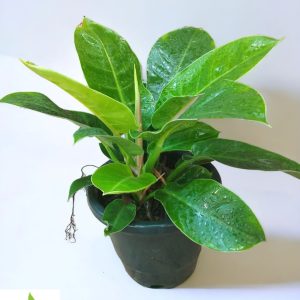
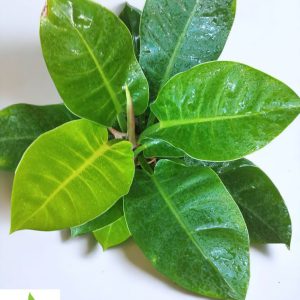
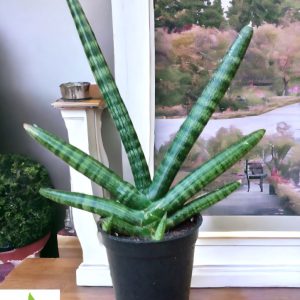
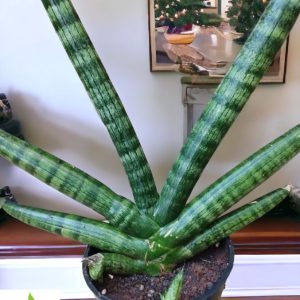


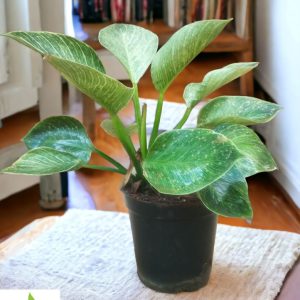
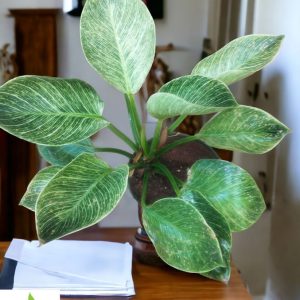
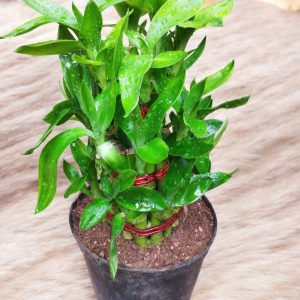 Lucky Bamboo
Lucky Bamboo 
Reviews
There are no reviews yet.